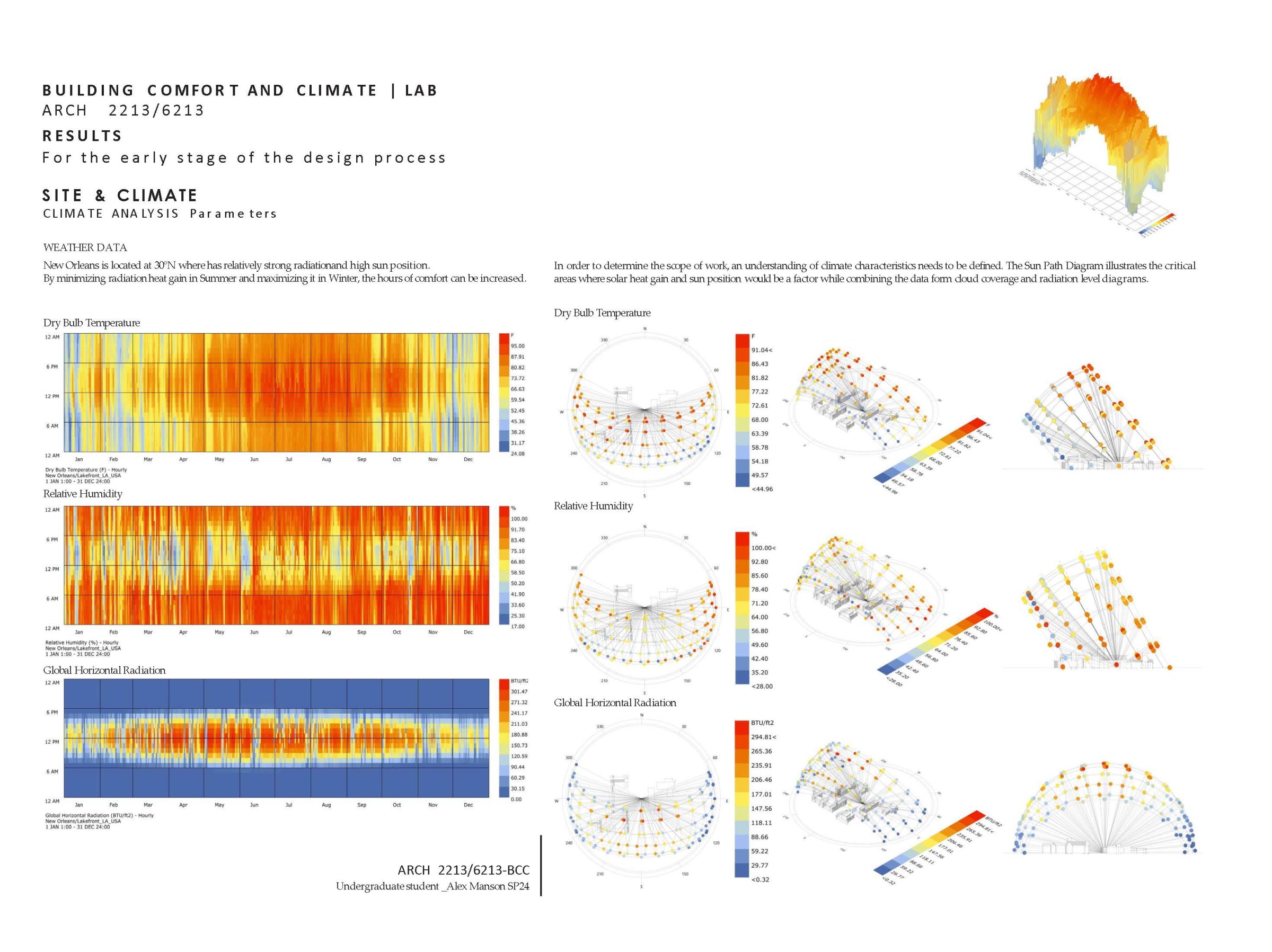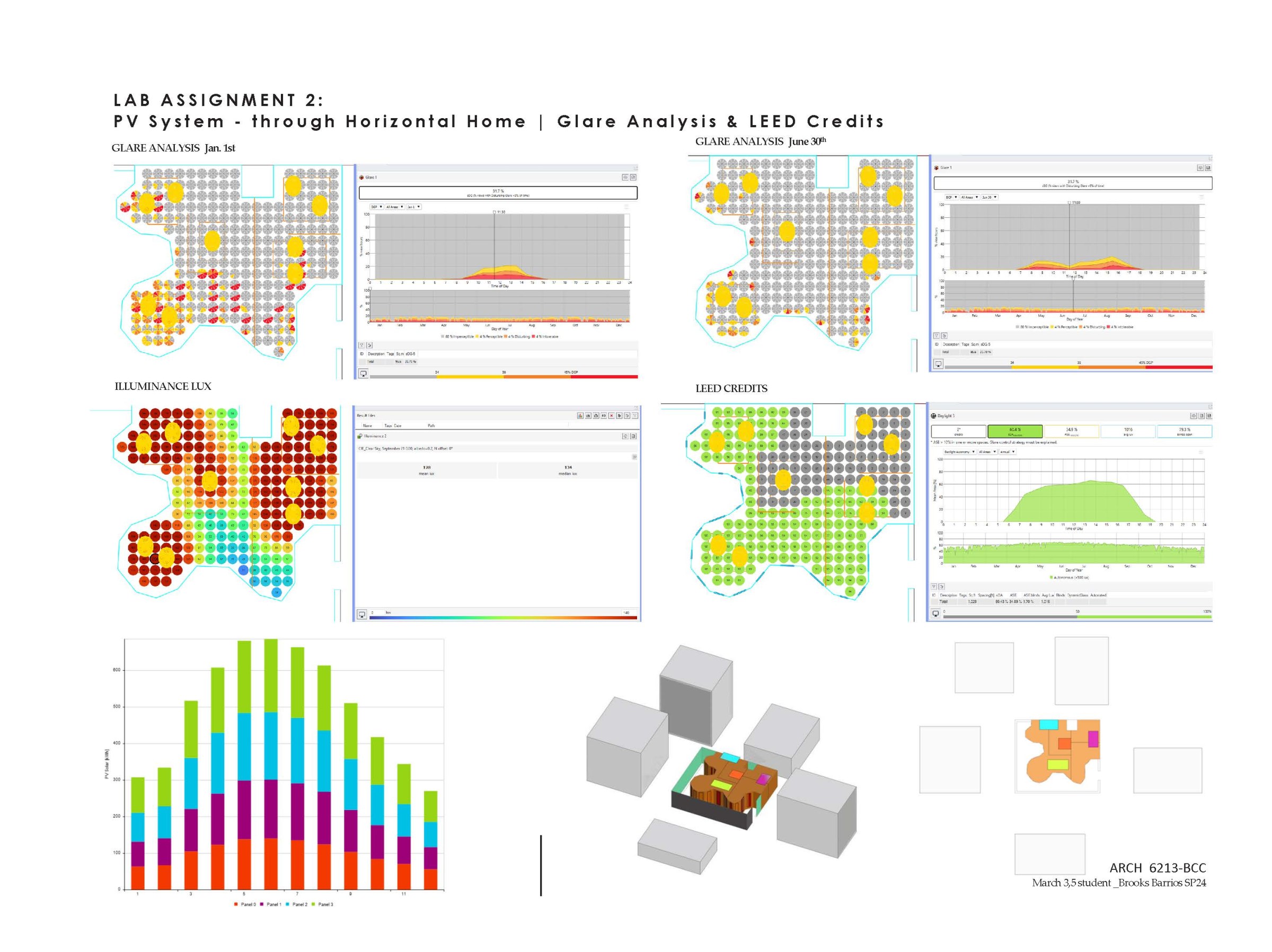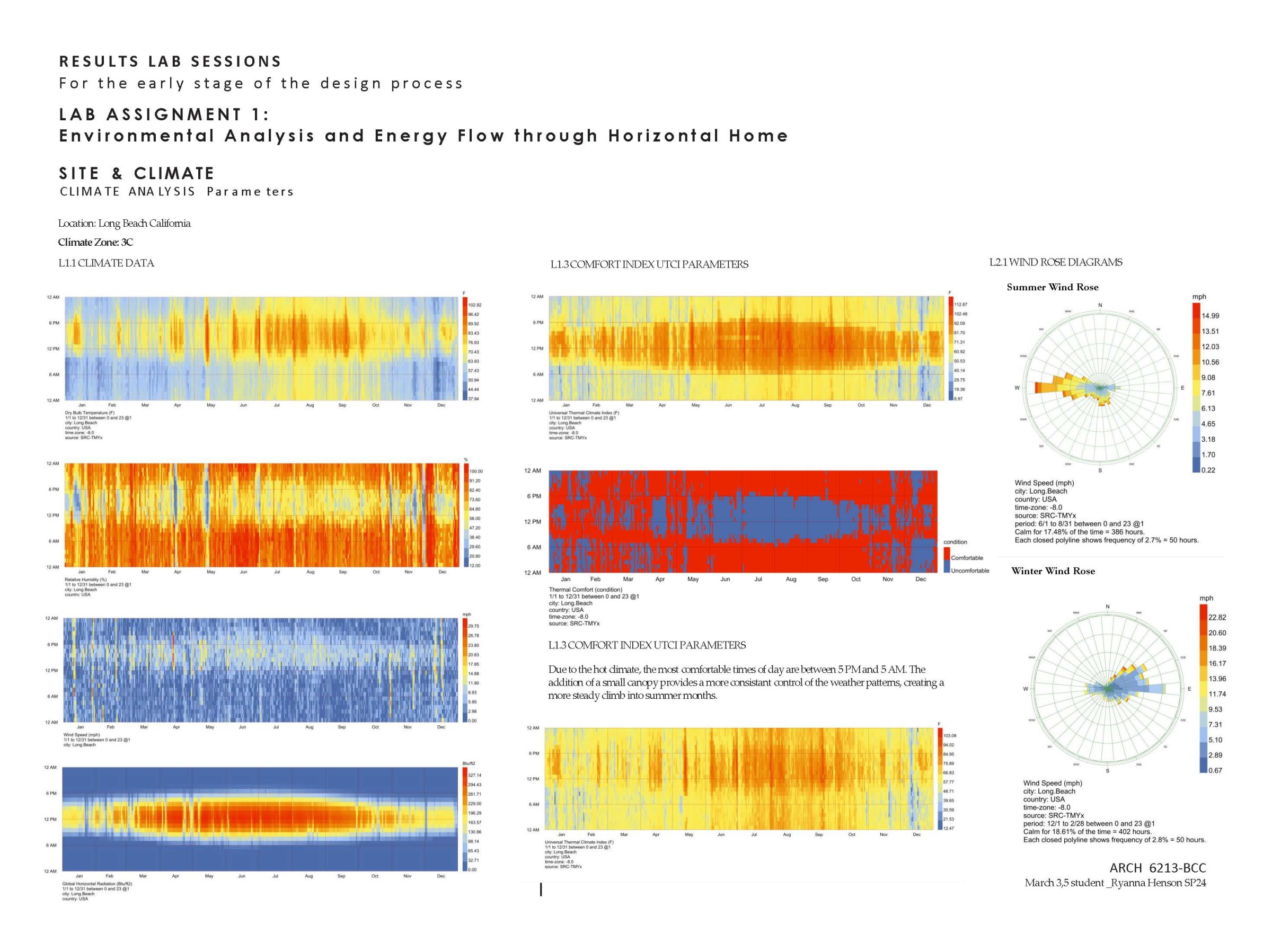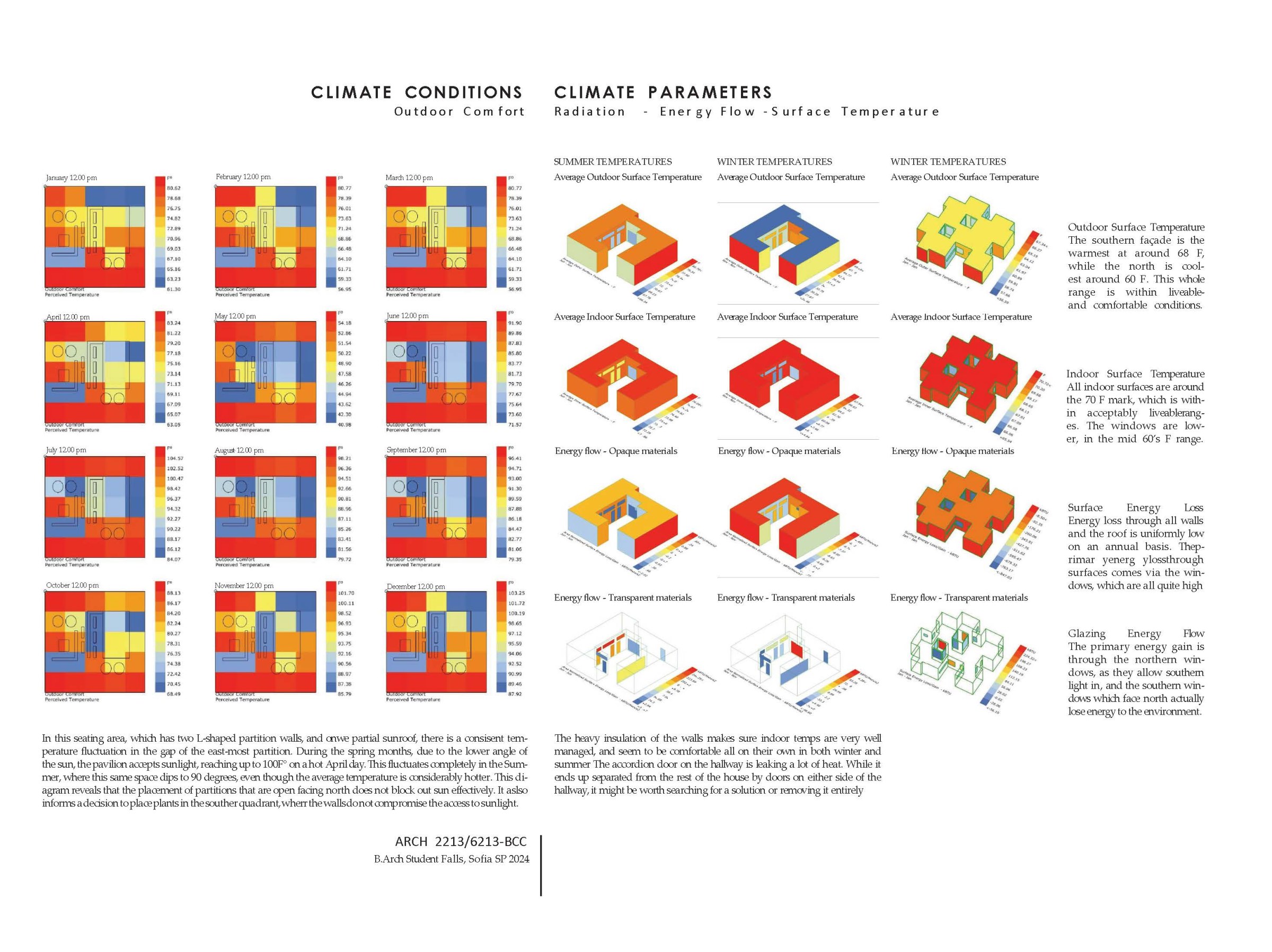Thesis Highlights
Building Climate & Comfort

Creating energy-efficient homes is becoming increasingly crucial for our environment, for the well-being of individuals and communities and also for our wallets. The key to obtaining maximum efficiency is the strategic implementation of both passive and active systems working together. Architects are in a prime position to encourage clients to choose sustainable options and to ensure the strategic integration of environmental systems into their designs.
Active Systems are required for maintaining the desired environmental conditions within a space. The architect of a building should have sufficient basic knowledge of HVAC (Heating, Ventilating, and Cooling/Air-Conditioning) systems, and can on an equal level with the installation designer, develop ideas and concepts that are worked out in detail by the specialist
It is not always necessary to install a complex active system to realize an acceptable thermal condition indoors. In this, the building design is an essential factor. Good thermal insulation, high-performance glazing, outdoor solar shading, the use of thermal mass, and night ventilation can sometimes jointly make a cooling system redundant. These forms of passive climate control need less energy for cooling as well as heating and make the indoor environment more stable. Even in combination with an active climate control system, good passive design can make environmental conditions more comfortable.
The architect's basic understanding and ability to design and manipulate their buildings will be especially important as we move into a future where climate change has become a reality and the environmental regulations on the building environment will tighten. Therefore, architects must adapt and respond to every project, whether related to new construction or not.
To address the course, the instructor will present core technical principles in the content Lectures and then lead the students on how to apply that lecture content to the real world through H.W. problems and integrated LABs sessions to use them in their professional career interests.
WORK



